1. Little Debbie Swiss Rolls
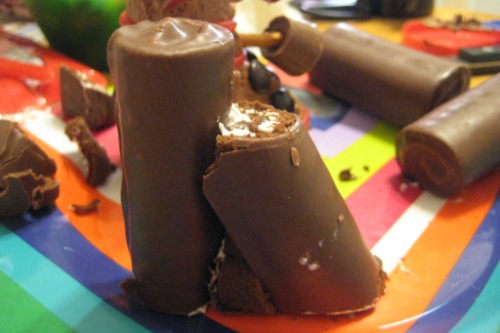
You can’t have a list of American treats without Little Debbie, but their Swiss Rolls are prohibited in some European countries due to the use of food dyes like Red 40 and Yellow 5, both banned in places where synthetic dyes are more strictly regulated.
2. Pillsbury Crescent Rolls
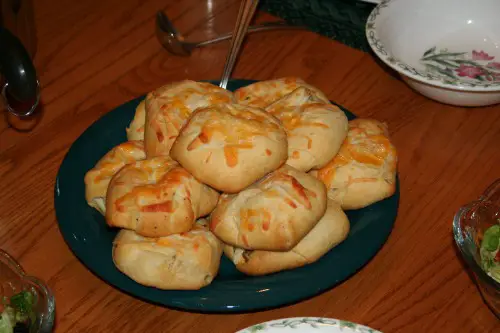
These delicious rolls contain both BHT and artificial colors that are banned in parts of Europe and Asia. Some countries have stricter food safety laws that limit or ban certain additives, including the preservatives that keep Pillsbury’s signature rolls soft and flaky.
3. Ritz Crackers
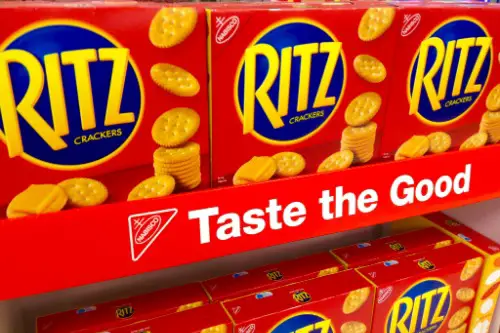
Yes, even something as classic as Ritz Crackers has faced the ban! In Switzerland, Austria, and a few Scandinavian countries, they’re a no-go because they contain partially hydrogenated oils (trans fats). Many countries have cracked down on trans fats due to links to heart disease, so our favorite buttery snack is a no-show abroad.
4. Stove Top Stuffing
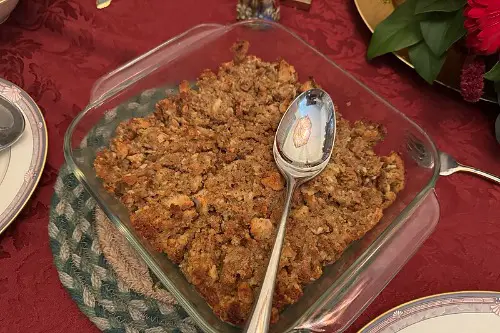
Many countries ban products containing BHA (Butylated Hydroxyanisole), which is used in Stove Top Stuffing to keep it fresh. Japan, the European Union, and several other regions have prohibited BHA due to potential links to cancer, so this Thanksgiving staple doesn’t make it to their dinner tables.
5. Wheat Thins
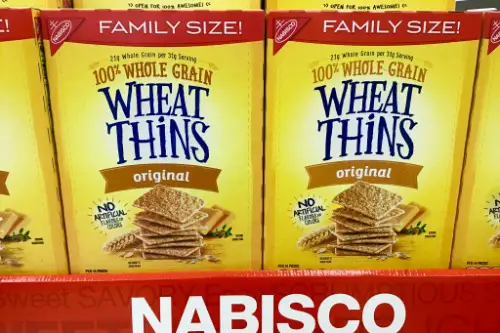
Another beloved cracker bites the dust outside the U.S. due to the use of BHT (Butylated Hydroxytoluene) as a preservative. Japan and the United Kingdom, among others, ban BHT because of concerns about cancer risk. For them, it’s all about keeping snacks as natural as possible.
6. Mountain Dew
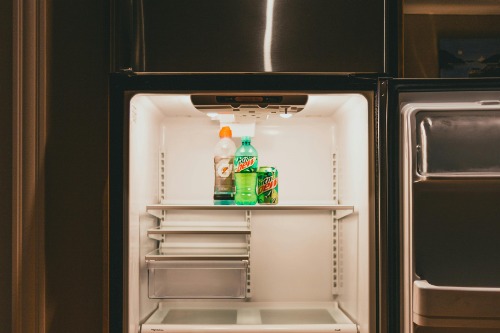
Mountain Dew is a neon-green soda with a big fan base in the U.S., but it’s banned in the European Union and Japan. Why? Its bright color comes from brominated vegetable oil (BVO), which is also used as a flame retardant. Other countries aren’t cool with the idea of BVO in drinks, so they’ve banned it outright.
7. Pop-Tarts

These sweet breakfast pastries are a staple in American households but have faced bans in Europe due to artificial colors and BHT. In places where artificial dyes and certain preservatives are highly restricted, Pop-Tarts are left on the shelf.
8. Coffee-Mate
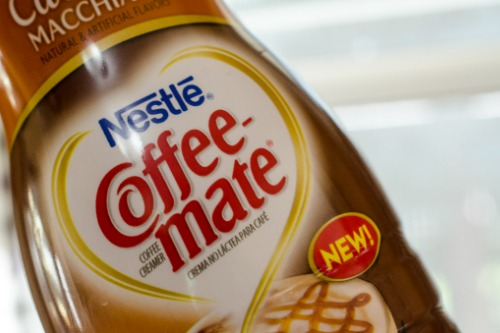
This creamy coffee companion might feel like a morning essential, but it’s banned in Austria, Hungary, and a few Scandinavian countries because it contains trans fats and artificial additives. Countries with stricter food laws just don’t want any extra chemicals in their morning brews.
9. Skittles
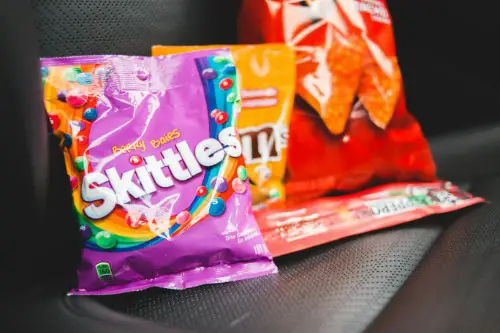
This rainbow-colored candy is banned in Norway, Austria, and parts of the European Union. The ban is due to artificial food dyes, particularly Yellow 5 and Yellow 6, which are associated with hyperactivity in children. Some countries require a warning label on food with these dyes, but others like Norway just don’t allow them at all.
10. Instant Mashed Potatoes

Some brands of instant mashed potatoes in the U.S. include BHA and BHT preservatives, both of which are restricted in the UK and Japan. These countries prioritize natural ingredients, and while we might love the convenience of instant potatoes, other nations aren’t as keen on the additives.
11. Frosted Flakes

Cereal is banned? That’s right! Frosted Flakes and other cereals containing BHT are restricted in the EU and Japan. The additive is a no-go, especially in products marketed toward children, where strict guidelines aim to protect young consumers from artificial ingredients.
12. Farm-Raised Salmon
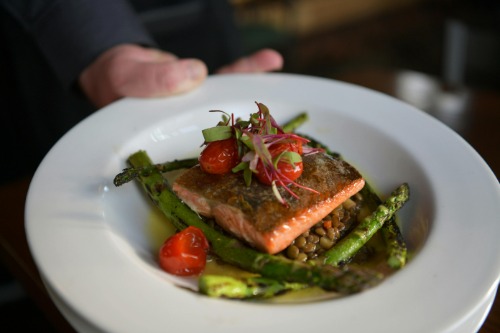
Salmon might seem healthy, but farm-raised versions found in American supermarkets contain synthetic astaxanthin to give it that bright pink color. This additive is considered harmful by Australia and New Zealand, where the fish is banned unless it’s wild-caught.
13. Gatorade
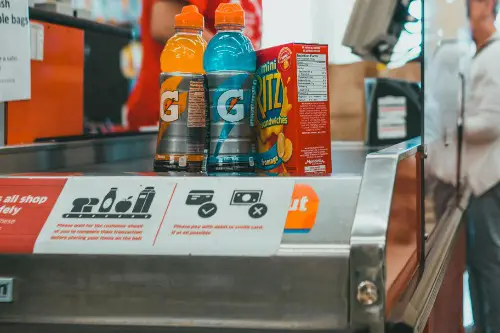
Gatorade’s fluorescent color comes from Yellow 5 and Yellow 6 dyes, which are restricted or banned in Norway and Austria. Concerns about hyperactivity in children and potential allergic reactions make these countries hesitant to allow foods with synthetic dyes.
14. Jell-O
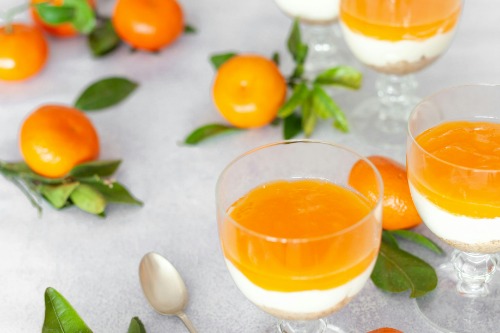
While Jell-O is a nostalgic treat in the U.S., it’s banned in parts of Europe due to its artificial coloring. The dyes used in classic Jell-O, such as Red 40 and Yellow 5, don’t meet the more rigorous food safety standards of countries like France and the United Kingdom.
15. U.S.-Made Pork
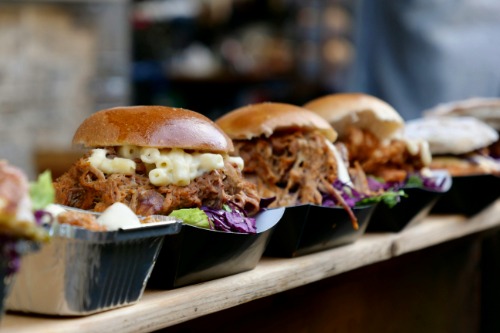
Yes, certain American pork products are banned in over 100 countries due to the use of ractopamine, a feed additive that helps pork grow leaner. The European Union, Russia, and China have all banned this additive out of health concerns. So while bacon may be a breakfast favorite here, other countries aren’t as eager to serve up U.S. pork on their plates.


